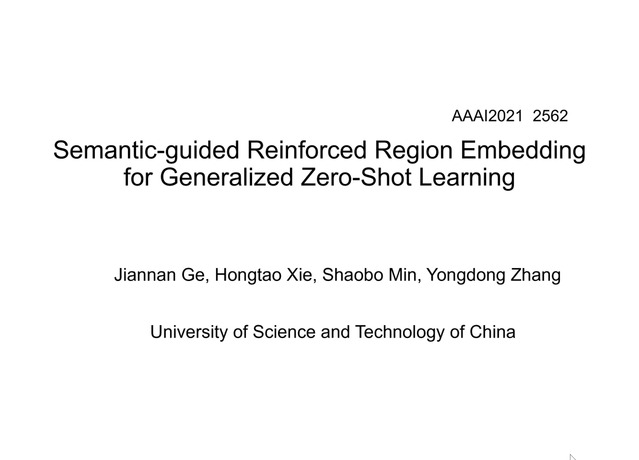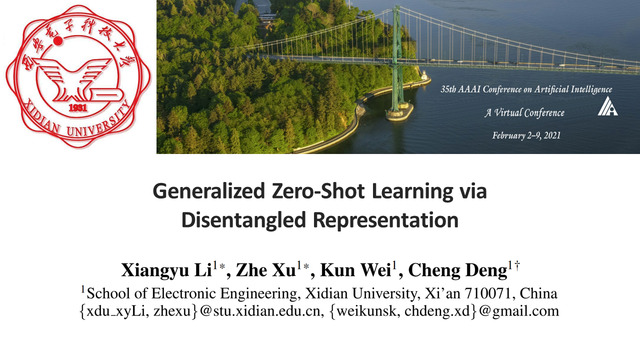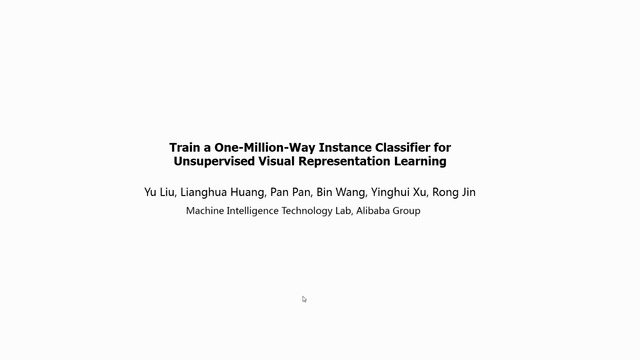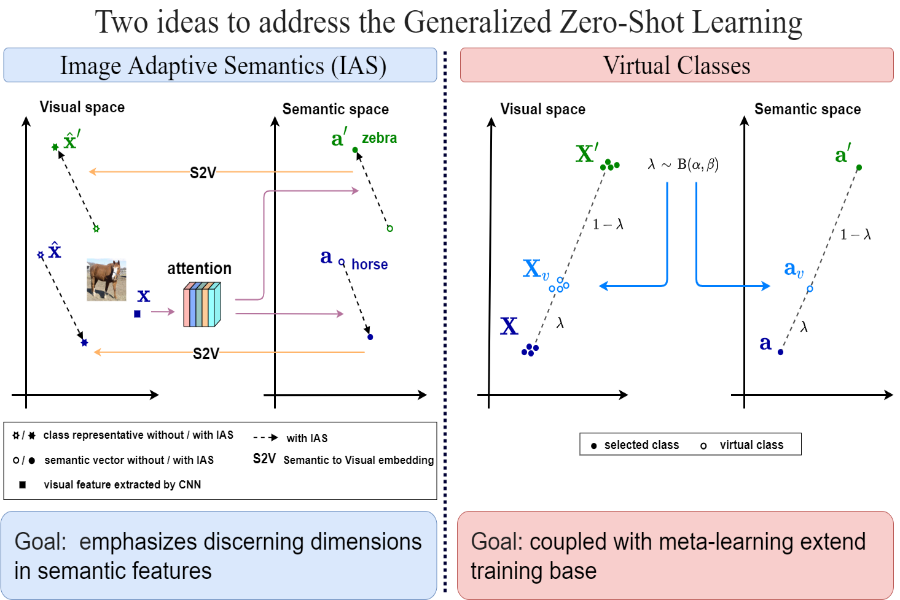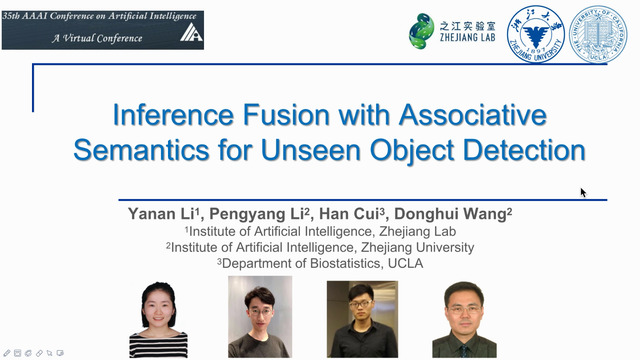Abstract:
Zero-shot semantic segmentation aims to recognize the semantics of pixels from unseen categories with zero training samples. Previous practice [1] proposed to train the classifiers for unseen categories using the visual features generated from semantic word embeddings. However, the generator is merely learned on the seen categories while no constraint is applied to the unseen categories, leading to poor generalization ability. In this work, we propose a Consistent Structural Relation Learning (CSRL) approach to constrain the generating of unseen visual features by exploiting the structural relations between seen and unseen categories. We observe that different categories are usually with similar relations in either semantic word embedding space or visual feature space. This observation motivates us to harness the similarity of category-level relations on the semantic word embedding space to learn a better visual feature generator. Concretely, by exploring the pair-wise and list-wise structures, we impose the relations of generated visual features to be consistent with their counterparts in the semantic word embedding space. In this way, the relations between seen and unseen categories will be transferred to implicitly constrain the generator to produce relation-consistent unseen visual features. We conduct extensive experiments on Pascal-VOC and Pascal-Context benchmarks. The proposed CSRL significantly outperforms existing state-of-the-art methods by a large margin, resulting in ~7-12% on Pascal-VOC and ~2-5% on Pascal-Context.






